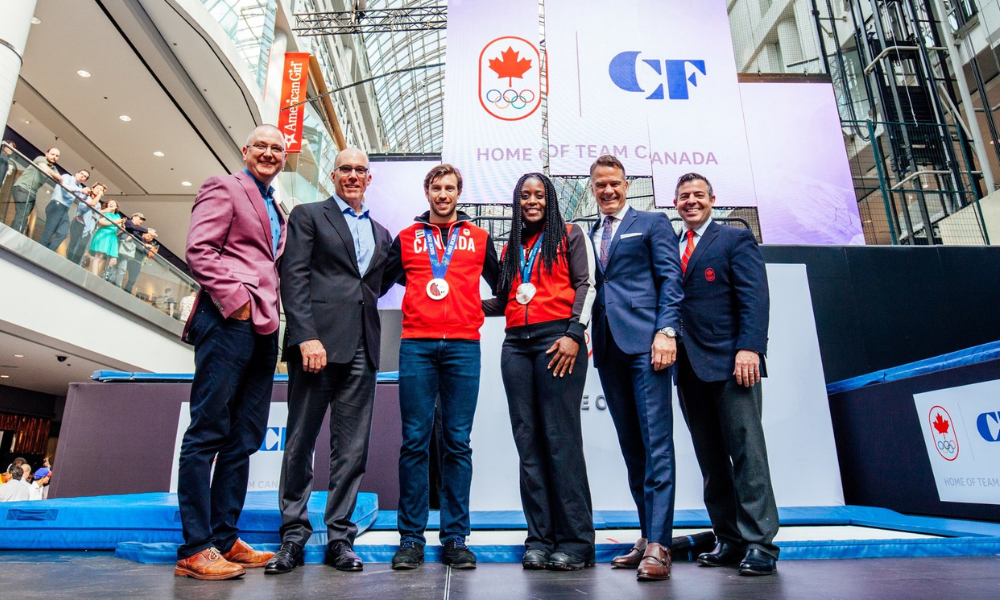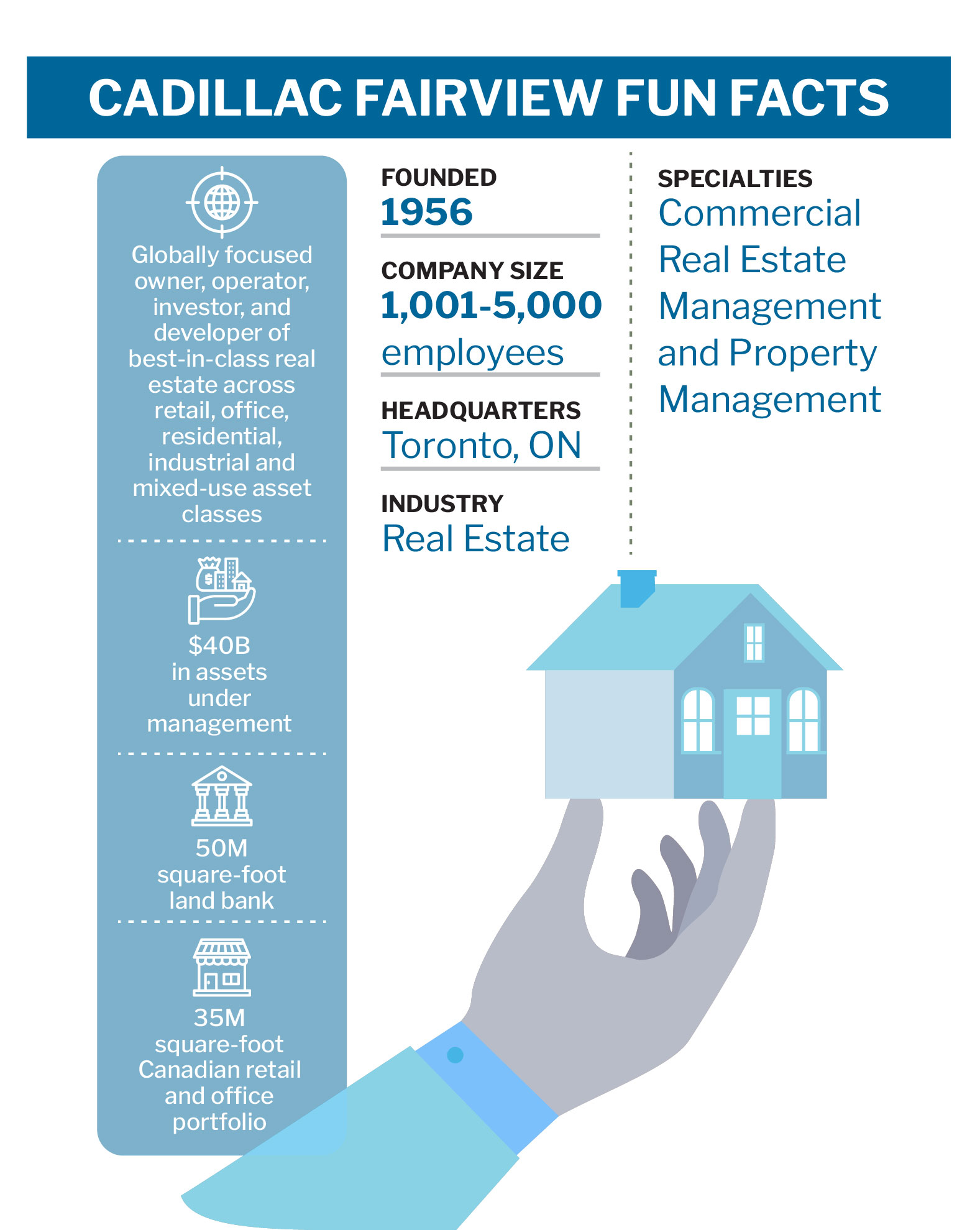
Cadillac Fairview's EVP of people on how they’re seeing success with value-led leadership

Employee recognition, in today's corporate landscape, is not merely about occasional accolades but about creating a pervasive, positive work environment. And, if anyone knows the value of building this recognition, it’s real estate giant Cadillac Fairview.
Speaking to HRD, Norm Sabapathy, executive vice president of people and communications, says they’ve adopted modern employee recognition programs that set industry benchmarks.
“Making recognition a pillar of our culture starts with making culture a pillar of our core strategy. We actually have four pillars of our overall company strategy – three along the lines of business and the fourth pillar being culture and capability. And they’re baked into our overall strategy.”
And leadership takes charge in promoting these pillars – especially around driving values.
“Leaders drive values, values drive behaviour, behaviour drives culture and culture drives performance,” he says. “Once you have that framework set up, you want to positively reinforce your culture - and recognition is a key way to do that. That’s not only in terms of frequency, but also in terms of quality, the ‘how’ of when we recognize people.
“All those things enable us to make recognition a pillar of our culture. We then measure those aspects to make sure we're getting results and trying have the best impact that we can for our people.”
When it comes to how to give recognition to employees, Sabapathy emphasized that the quality of appreciation is as vital as its frequency. And Cadillac Fairview leaves no stone unturned, leveraging metrics to measure the efficacy of their recognition initiatives. Sabapathy extolled their collaboration with the recognition platform Achievers to help “reinforce our value space behaviours which is really the collective way that the organization acts,” he says.

“But it's grounded in the principles of behavioural science. For us, that means that if you want to affect behaviour, 20% of your ability to do that comes down to all the things that come before behaviour – and 80% relates to consequence.”
Impressively, “a staggering 92% of employees acknowledge the guiding force of values and behaviours in their day-to-day roles,” says Sabapathy.
The intrinsic link between values guiding behaviour is nothing new, but it’s still underutilized in some organizations. Schwartz’s theory of basic values identifies 10 human values that people in all cultures will recognize and adhere to – values that can also be seen in workplace behaviours and leadership tropes.
The values are:
Research from Taylor & Francis Group assessed the links between Schwartz’s theory and the individual values on employees. The crux of the paper looked at how value profiles are then formed and how these can “increase managers’ awareness of human resources potential and thus increase human capital of an organization”.
Essentially, by leveraging values against behavioural science, leaders have the propensity to supercharge their culture and increase their overall productivity. And Cadillac Fairview does that well, according to Hannah Yardley, chief people officer at Achievers.
“Cadillac's prowess lies in its ability to transform values into real-world outcomes,” she noted. Emphasizing the role of peers in the recognition ecosystem, Yardley highlighted the vibrant community within Cadillac Fairview.
“I'm always impressed when values actually create an outcome,” she says. “They don't just sit on the wall or sit in a folder somewhere.”
So where is this recognition coming from? What form does it take? Well, according to Sabapathy it’s not just down to leaders, peer groups play an important part too.
“In our company, the rough split is 60% of recognition comes from leaders, 40% comes from peers,” he says. “I don't know whether that's a good balance or not - but it's a balance that works for us. It shows that the recognition can be driven from multiple places. Now we're recognizing some different outcomes than what we’re used to, however, our behaviours are relatively constant.”
And while those behaviours will naturally evolve over time, Cadillac's employees are still engaging with them consistently and effectively.
“I don’t know an HR person on this planet that isn’t into finding accurate metrics to prove what they’re doing,” says Yardley. “So in terms of recognition, we look at our statistics on a quarterly basis. Who’s giving the recognition and who’s receiving the recognition? We also have to look at spend: How much are we spending? Because that’s not unlimited. There's all kinds of social recognition that occur and it's just powerful as getting monetary recognition, but it's really hard to track.”
According to the data, 70% to 80% of Cadillac's employees believe they’re being recognized well for their contributions. And values/behaviour alignment is statistically the number one driver of this.
“We look at it from the delivery perspective and also from the receiver and end user perspective,” says Sabapathy. “We work to correlate those metrics with other metrics such as our engagement index, our inclusion index, our wellbeing index and elements of our entire employee experience.
“When we align people on values behaviour, it’s seen as a main driver of hiring.”